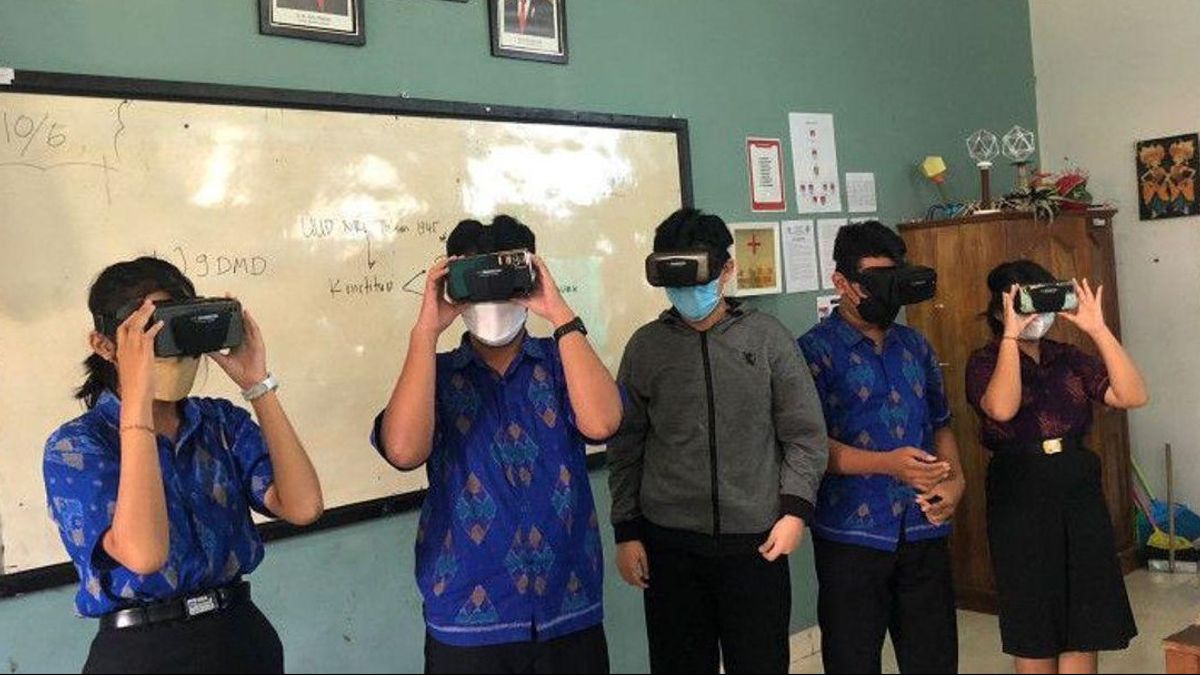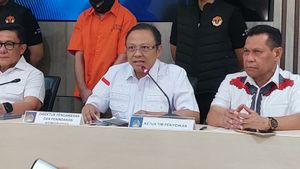YOGYAKARTA Virtual reality (VR) is a technology that allows users to interact with environments that exist in the virtual world that are stimulated by computers. In Indonesian, VR is known as virtual reality. So, how does virtual reality work?
Cyber reality developers and innovators are increasingly finding new opportunities in immersive media, driven by tools that change our feelings, what we see, and even what we can hear around us. Experts believe that about 58.9 million people will use VR at least once a month by the end of 2021.
Before you spend a sum to bring in VR technology, it's a good idea to know how virtual reality works.
Quoted by VOI from the XR Today page, Friday, November 25, 2022, virtual reality is one of the fastest growing technologies in the world, and is a source of joy for many consumers.
The purpose of creating virtual reality is, taking you to another version of reality, where you can interact with a new environment.
As humans, perceptions of the world are based on the rules developed by experience. Well, VR designers use basic perception rules, and ideas about how we interact with the world to create an environment that feels just as authentic in cyberspace.
This means that VR technology not only provides a screen viewing experience, but users can also sink and interact with the 3D world on the software.
This can happen because VR technology simulates many senses, such as vision, hearing, touch, and smell.
Although virtual reality is more applied to video games, this technology is also very useful for other fields, such as education, military, and health.
As mentioned above, VR technology is useful for education, military and health.
Adapted from American University, VR technology is used for inqueri-based learning that emphasizes critical and analytical thinking processes to find and find for themselves the breakdown of a problem posed.
This learning method actively engages students to seek answers to questions or problems.
In this regard, the VR technology used is Google Expeditions which allows delivery to take classrooms into virtual reality, especially to amazing places in cyberspace.
Teachers and students simply use mobile devices to be able to visit art galleries or museums virtually.
In the military world, virtual reality technology can replicate fighting live and realistic, even though it is done online, reports the Future Visual page.
In addition, VR technology also provides a safe way for soldiers to learn how to deal with enemies.
The benefits of virtual reality in the health sector can be used for medical training. Medical students and prospective doctors need to practice their skills in order to become quality medical personnel, citing Vilmate.
Health training with VR technology can be a detailed lesson from various procedures. Thus, prospective doctors can learn the human body directly and train well.
In addition, a surgeon can also train with virtual tools and patients, as well as use their virtual skills in the operating room.
This is information about how virtual reality works and its benefits for education, military and health.
The English, Chinese, Japanese, Arabic, and French versions are automatically generated by the AI. So there may still be inaccuracies in translating, please always see Indonesian as our main language. (system supported by DigitalSiber.id)













